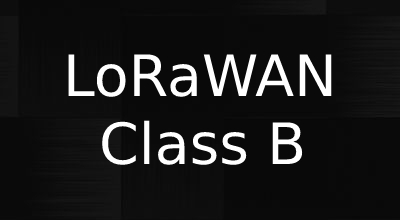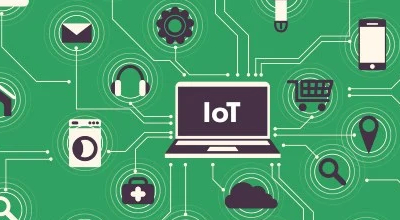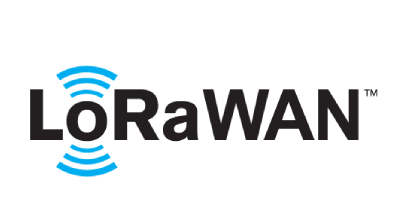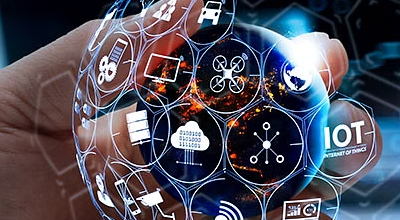
What is LoRaWAN?
Overview of LoRaWAN
LoRaWAN (Long Range Wide Area Network) is a low-power, wide-area networking (LPWAN) protocol designed for the internet of things (IoT). It is a wireless communication standard that uses a low-power radio frequency to transmit data over long distances, typically several kilometers. LoRaWAN is designed to support a large number of devices with low data rates and long battery life, making it well-suited for IoT applications such as smart city infrastructure, smart agriculture, and asset tracking. The protocol operates in unlicensed spectrum, which means that anyone can use it without requiring a license. LoRaWAN uses a decentralized architecture, with devices communicating directly with gateways that are connected to the internet, rather than relying on a central network server. This makes it well-suited for use in areas where it may be difficult to establish a traditional wireless network.
LoRaWAN history
LoRaWAN (Long Range Wide Area Network) is a low-power, wide-area network (LPWAN) protocol designed for the Internet of Things (IoT). It was developed by the LoRa Alliance, a group of companies and organizations that came together to create a standard for low-power, long-range wireless communication.
The LoRa Alliance was founded in 2015, and LoRaWAN was developed as a specification for building wireless networks that could be used to connect low-power, low-bandwidth devices over long distances. LoRaWAN is designed to be simple, energy-efficient, and low-cost, making it well-suited for IoT applications where devices need to be able to communicate with a central server or gateway over long distances using minimal power.
LoRaWAN uses a spread-spectrum, frequency-hopping technique to transmit data, which allows it to achieve long range and low power consumption. It also uses a star topology, with a central gateway connected to a large number of end devices, which helps to simplify the network architecture and reduce costs.
LoRaWAN has become a widely-used protocol for IoT applications, particularly in areas where other wireless technologies may not be suitable due to their high power requirements or limited range. It is used in a variety of applications, including smart cities, agriculture, environmental monitoring, and asset tracking.
LoRaWAN applications
- Smart city infrastructure: LoRaWAN can be used to monitor and control traffic, lighting, and other city infrastructure.
- Smart agriculture: LoRaWAN can be used to monitor soil moisture, temperature, and other factors in agricultural fields.
- Asset tracking: LoRaWAN can be used to track the location and movement of assets, such as shipping containers or vehicles.
- Environmental monitoring: LoRaWAN can be used to monitor air and water quality, as well as the health of natural habitats.
- Industrial IoT: LoRaWAN can be used to monitor and control industrial processes and equipment, such as pumps and conveyor belts.
- Healthcare: LoRaWAN can be used to monitor and track the health of patients, as well as to manage the distribution of medication.
- Smart metering: LoRaWAN can be used to monitor and control energy usage in buildings and homes.
- Supply chain management: LoRaWAN can be used to track the movement and location of goods through the supply chain.
- Retail: LoRaWAN can be used to track the movement and location of goods in stores and warehouses.
- Transportation: LoRaWAN can be used to monitor and control public transportation systems, such as buses and trains.
How is LoraWAN different from WIFI?
LoRaWAN (Long Range Wide Area Network) and WiFi are two different wireless communication technologies that are used for different purposes and have different characteristics.
LoRaWAN is a low-power, wide-area network (LPWAN) protocol designed for the Internet of Things (IoT). It is optimized for low-power, low-bandwidth devices that need to communicate over long distances using minimal power. LoRaWAN uses a spread-spectrum, frequency-hopping technique to transmit data, which allows it to achieve long range and low power consumption. It is well-suited for IoT applications where devices need to be able to communicate with a central server or gateway over long distances using minimal power, such as smart cities, agriculture, environmental monitoring, and asset tracking.
On the other hand, WiFi is a local area network (LAN) technology that is used to connect devices to the internet or to each other within a relatively short range. It is optimized for high-bandwidth applications and can provide fast data transfer speeds over short distances. WiFi uses a variety of frequency bands, including 2.4 GHz and 5 GHz, to transmit data and is commonly used in homes, offices, and public places to provide wireless internet access.



